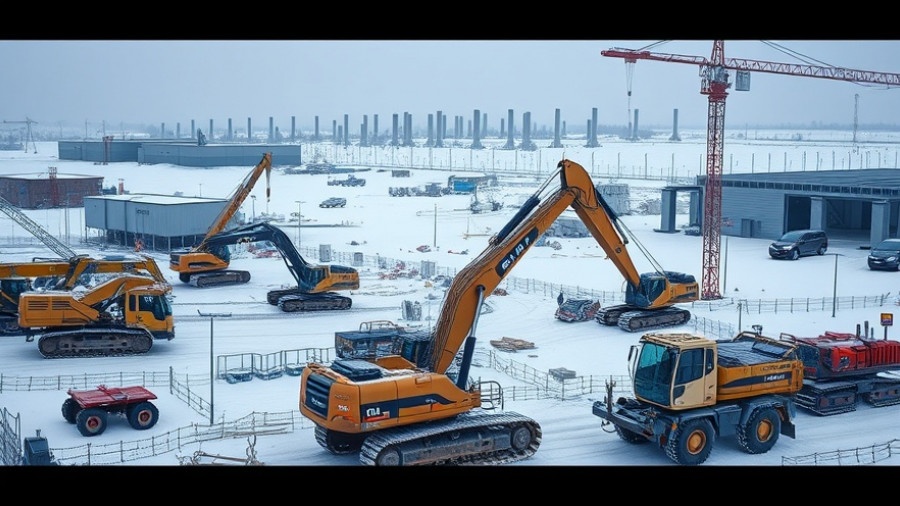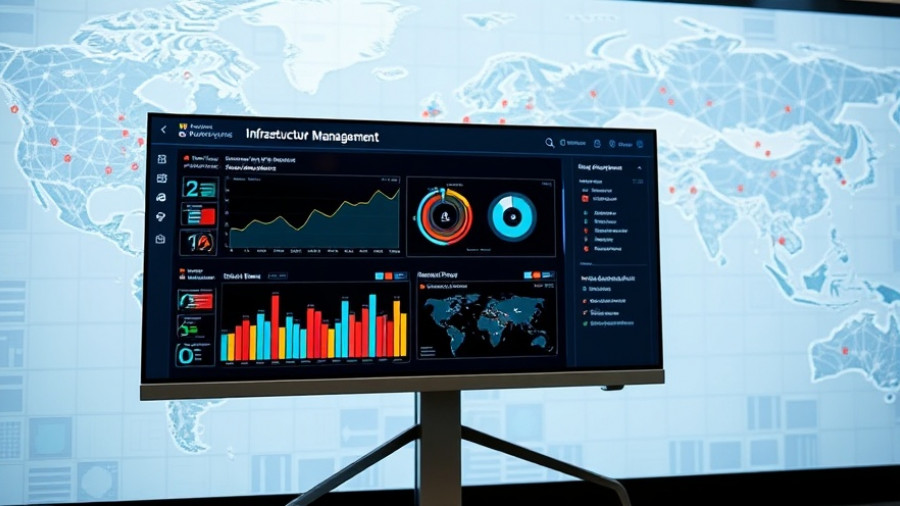
Decoding EPDs: Environmental Transparency for Precast Concrete
As the construction industry leans increasingly towards sustainability, Environmental Product Declarations (EPDs) are transforming from mere regulatory requirements into pivotal tools for precise decision-making. Released by the Precast/Prestressed Concrete Institute (PCI), these updated EPDs provide essential insights tailored to the regional characteristics affecting concrete production across the United States.
What Are EPDs and Their Role in Construction?
Environmental Product Declarations are standardized reports that deliver a comprehensive overview of a product's environmental impact throughout its lifecycle. For concrete contractors and other stakeholders, these declarations clarify various metrics, including Global Warming Potential and water utilization, fostering a shared understanding of environmental performance.
Empowering Precast Producers: The Competitive Advantage
In a tightening market, the ability to differentiate based on sustainability can spell the difference between winning a bid or being sidelined. For precast concrete producers, acquiring EPDs not only positions them as credible partners but also supports crucial competitive strategies. As projects increasingly demand verified environmental metrics, having an EPD enhances their reputability while aligning with the current emphasis on ESG (Environmental, Social, Governance) principles.
The Practical Impact of EPDs
Practically, the implementation of EPDs allows contractors and producers to identify and improve upon emissions hotspots. This quantifiable approach can result in more efficient production processes, such as optimizing material usage or shifting towards renewable energy sources. Additionally, as public infrastructure projects become more stringent about environmental standards, possessing an EPD ensures eligibility for high-stakes contracts.
Conclusion: Reinventing the Future of Construction
From architects to distributors, understanding and adopting EPDs creates a cohesive method of engaging with sustainability. The implications stretch far beyond compliance; they redefine the landscape of how concrete projects can achieve lower-carbon outcomes. As sustainability permeates every layer of the building process, now is the time for all stakeholders to embrace this transformative shift in construction.
 Add Row
Add Row  Add
Add 




Write A Comment